Home>Gardening & Outdoor>Landscaping Ideas>How To Make Bermuda Grass Green
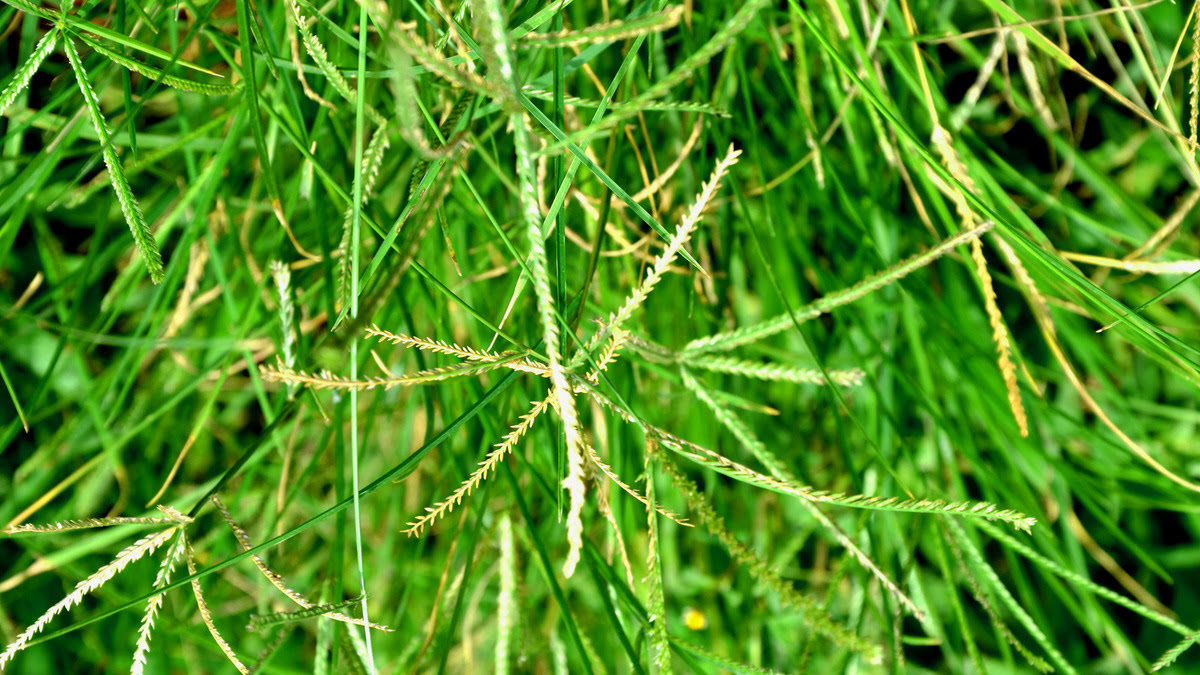

Landscaping Ideas
How To Make Bermuda Grass Green
Modified: January 29, 2024
Learn effective landscaping ideas to make your Bermuda grass green and lush. Discover expert tips for a vibrant, healthy lawn with our comprehensive guide.
(Many of the links in this article redirect to a specific reviewed product. Your purchase of these products through affiliate links helps to generate commission for Storables.com, at no extra cost. Learn more)
**
Introduction
**
If you're aiming to transform your lawn into a lush, vibrant oasis, mastering the art of maintaining Bermuda grass is the key to achieving that verdant dream. Bermuda grass, known for its resilience and adaptability, thrives in warm climates and is a popular choice for lawns and sports fields. However, achieving that enviable green hue requires more than just wishful thinking; it demands a combination of strategic care and maintenance.
In this comprehensive guide, we will delve into the essential steps to make Bermuda grass green, ensuring that your lawn becomes the envy of the neighborhood. From understanding the unique characteristics of Bermuda grass to implementing effective soil preparation, fertilization, watering, mowing techniques, and pest control, we will equip you with the knowledge and insights needed to elevate your lawn to its full potential.
So, roll up your sleeves, grab your gardening tools, and let's embark on this transformative journey to unlock the secrets of revitalizing your Bermuda grass and achieving a vibrant, verdant lawn that beckons bare feet and outdoor gatherings.
Key Takeaways:
- To make Bermuda grass green, focus on soil preparation, fertilization, watering, mowing, and pest control. Understanding its growth habits and needs will help you nurture a vibrant, resilient lawn.
- Maintaining a lush Bermuda grass lawn involves strategic care, from deep watering to mindful mowing. By embracing these practices, you can create a verdant outdoor sanctuary for relaxation and natural beauty.
Read more: How To Make Bermuda Grass Thicker And Green
Understanding Bermuda Grass
Before diving into the intricacies of nurturing Bermuda grass, it’s crucial to grasp the fundamental characteristics of this resilient turf. Bermuda grass, scientifically known as Cynodon dactylon, is renowned for its exceptional heat tolerance and ability to thrive in diverse soil types. Its fine texture and robust nature make it a popular choice for lawns, parks, golf courses, and athletic fields.
One of the key attributes of Bermuda grass is its rapid growth and regenerative capacity, enabling it to recover swiftly from stressors such as foot traffic and mowing. Additionally, its deep root system allows for efficient water absorption, contributing to its drought resistance and overall hardiness.
Understanding the growth habits of Bermuda grass is essential for effective maintenance. It exhibits both above-ground stolons and below-ground rhizomes, facilitating vigorous lateral spread and regrowth. This aggressive growth pattern, while advantageous for filling in bare patches, necessitates regular maintenance to prevent overgrowth and invasion of flower beds or walkways.
Furthermore, Bermuda grass exhibits varying shades of green, depending on factors such as sunlight exposure, soil nutrients, and hydration levels. By comprehending these nuances, you can tailor your lawn care practices to optimize the grass’s color and vitality.
Equipped with this foundational knowledge of Bermuda grass, you’re poised to embark on the journey of nurturing and enhancing its inherent beauty, ensuring that your lawn radiates with lush green splendor.
Soil Preparation
Creating an optimal environment for Bermuda grass to flourish begins with diligent soil preparation. The first step is to assess the pH level of the soil to ensure it falls within the ideal range of 5.8 to 7.0. Amending the soil with lime can help raise the pH if it’s too acidic, while sulfur can be added to lower it if it’s too alkaline. This crucial adjustment sets the stage for Bermuda grass to absorb essential nutrients effectively.
Furthermore, conducting a soil test to evaluate nutrient levels is imperative. Based on the test results, you can supplement the soil with the appropriate fertilizers to address any deficiencies, promoting robust growth and vibrant green coloration. Incorporating a balanced fertilizer with a higher nitrogen content, such as a 3-1-2 ratio, aids in stimulating lush foliage and overall lawn vigor.
Aeration is another vital aspect of soil preparation, as it alleviates compaction and enhances air circulation, water infiltration, and nutrient absorption. Core aeration, preferably performed in the early growing season, facilitates the penetration of oxygen, water, and nutrients deep into the soil, fostering a healthy and resilient root system.
Additionally, incorporating organic matter, such as compost, into the soil augments its structure, fertility, and moisture retention capacity. This organic enrichment fosters a favorable environment for beneficial microorganisms and earthworms, which contribute to soil aeration and nutrient cycling.
By meticulously attending to the soil’s pH balance, nutrient levels, aeration, and organic composition, you establish the groundwork for Bermuda grass to thrive and radiate with a luxuriant green hue, setting the stage for a visually captivating lawn that beckons admiration.
Fertilization
Fertilization serves as a cornerstone of nurturing vibrant Bermuda grass, providing the essential nutrients that fuel its lush growth and verdant coloration. Understanding the optimal timing and composition of fertilizers is pivotal in harnessing the full potential of your lawn.
Commencing with a soil test is instrumental in determining the specific nutrient requirements of your lawn. This analysis guides the selection of a well-balanced fertilizer with the appropriate ratios of nitrogen, phosphorus, and potassium, essential for promoting vigorous growth and resilience.
For Bermuda grass, a fertilizer with a higher nitrogen content is particularly beneficial, as nitrogen plays a pivotal role in enhancing foliage development and intensifying the grass’s green pigmentation. However, it’s crucial to avoid excessive nitrogen application, as this can lead to rapid but weak growth, rendering the grass susceptible to stress and diseases.
Implementing a scheduled fertilization regimen is advisable, typically involving applications every 6 to 8 weeks during the growing season. However, it’s essential to adjust the frequency and dosage based on factors such as soil conditions, climate, and grass coloration, ensuring that the fertilization regimen aligns with the specific needs of your lawn.
Moreover, supplementing the soil with organic fertilizers, such as compost or manure, fosters long-term soil health and microbial activity, augmenting the overall vitality of the lawn. These organic amendments contribute to soil structure and fertility, enhancing the resilience and sustainability of Bermuda grass.
By conscientiously tailoring the fertilization approach to accommodate the unique requirements of Bermuda grass, you can harness the transformative power of nutrient enrichment, nurturing a lawn that exudes a vibrant, enduring green allure, and stands as a testament to your horticultural prowess.
To make Bermuda grass green, water deeply and infrequently, mow at the right height (1-1.5 inches), and fertilize with a balanced fertilizer in the spring and summer.
Watering
Efficient and strategic watering is paramount in nurturing lush, green Bermuda grass while ensuring its resilience in the face of environmental stressors. By adhering to a well-devised watering regimen, you can optimize the grass’s hydration levels, root development, and overall vigor.
One of the cardinal principles of watering Bermuda grass is to prioritize deep, infrequent watering over frequent, shallow irrigation. This approach encourages the development of a robust and extensive root system, enabling the grass to withstand periods of drought and exhibit enhanced tolerance to environmental fluctuations.
During the active growing season, Bermuda grass typically benefits from approximately 1 to 1.5 inches of water per week, either from rainfall or supplemental irrigation. However, it’s imperative to adapt the watering frequency and duration based on factors such as soil type, temperature, and precipitation levels to prevent overwatering or drought stress.
Implementing an early morning watering schedule is advantageous, as it minimizes water loss due to evaporation and facilitates optimal absorption by the grass roots. Conversely, watering in the evening can predispose the lawn to prolonged moisture on the foliage, potentially fostering fungal diseases and compromising the grass’s vigor.
Utilizing a rain gauge or moisture probe can aid in gauging the soil’s moisture levels, guiding the timing and volume of irrigation. This enables you to fine-tune your watering regimen, ensuring that the grass receives adequate hydration without promoting waterlogged conditions that can impede root respiration and vitality.
By embracing a mindful and adaptive approach to watering, you can empower your Bermuda grass to radiate with a luxuriant green hue, evoking a sense of natural splendor and vitality that beckons admiration and fosters a serene outdoor ambiance.
Read more: How To Get Green Bermuda Grass
Mowing
The art of mowing is a pivotal element in nurturing vibrant Bermuda grass, shaping its appearance, and fostering robust growth. By adhering to best practices and embracing a strategic mowing regimen, you can elevate the aesthetic appeal and resilience of your lawn, culminating in a verdant expanse that exudes natural splendor.
One of the fundamental tenets of mowing Bermuda grass is to adhere to the one-third rule, which entails removing no more than one-third of the grass blade’s height in a single mowing session. This approach prevents stress on the grass and promotes healthy regrowth, contributing to a dense, lush turf with a consistent green hue.
Adjusting the mowing height based on the season is imperative to accommodate the grass’s growth patterns and environmental conditions. During the active growing season, maintaining Bermuda grass at a height of around 1 to 1.5 inches is conducive to promoting vigorous lateral growth and suppressing weed encroachment, fostering a uniform, verdant lawn.
Furthermore, alternating the mowing pattern with each session minimizes soil compaction and prevents the grass from developing a directional grain, resulting in a more even and aesthetically pleasing appearance. This practice also mitigates the risk of soil erosion and encourages upright grass growth, enhancing the lawn’s visual allure.
Regular mower blade maintenance, including sharpening and balancing, is essential to ensure clean, precise cuts that promote the grass’s health and resilience. Dull blades can tear the grass, leaving jagged edges that predispose the lawn to moisture loss and disease infiltration.
By embracing the nuances of strategic mowing, you can orchestrate the transformation of your Bermuda grass into a luxuriant, verdant tapestry that evokes natural splendor and invites leisurely strolls, fostering a serene outdoor sanctuary that captivates the senses and beckons relaxation.
Pest Control
Protecting your Bermuda grass from potential threats posed by pests is integral to maintaining its vibrant green allure and overall health. By implementing proactive pest control measures and vigilantly monitoring the lawn, you can safeguard it from detrimental infestations and ensure its enduring vitality.
One of the primary steps in pest management is to foster a robust and resilient lawn through optimal cultural practices, such as proper watering, fertilization, and mowing. A healthy Bermuda grass stand is inherently better equipped to withstand pest pressures and recuperate from potential damage.
Vigilance in monitoring the lawn for signs of pest activity, such as unusual patches, discoloration, or wilting, enables early detection and intervention, preventing pest populations from escalating and causing substantial harm. Identifying the specific pests plaguing the lawn is crucial for implementing targeted control strategies.
Implementing natural predators, such as beneficial nematodes or predatory insects, can aid in managing certain pest populations, contributing to a balanced and sustainable ecosystem within the lawn. Additionally, deploying organic pest control products, such as neem oil or insecticidal soaps, offers an environmentally conscious approach to mitigating pest pressures.
When resorting to chemical pest control, it’s imperative to exercise caution and adhere to recommended application rates and safety protocols to minimize environmental impact and safeguard beneficial organisms. Selective insecticides targeting specific pests while preserving beneficial insects and pollinators are preferable to broad-spectrum treatments.
Furthermore, fostering biodiversity in the lawn and surrounding landscape can contribute to natural pest control by attracting beneficial insects and creating a harmonious ecological balance. Companion planting with pest-repelling species and incorporating diverse plant species can deter pest infestations and enhance the overall resilience of the lawn.
By integrating vigilant monitoring, targeted interventions, and eco-conscious pest control practices, you can fortify your Bermuda grass against potential threats, ensuring that it flourishes with enduring vibrancy and exudes a lush, verdant allure that beckons admiration and fosters a harmonious outdoor retreat.
Conclusion
Embarking on the journey to revitalize and maintain the verdant allure of Bermuda grass entails a harmonious blend of horticultural expertise, strategic care, and a deep appreciation for the intrinsic beauty of nature. By delving into the nuances of soil preparation, fertilization, watering, mowing, and pest control, you have unlocked the secrets to nurturing a lawn that radiates with lush, vibrant green splendor, transforming outdoor spaces into inviting havens of natural tranquility.
Understanding the distinctive characteristics of Bermuda grass, from its resilient growth habits to its vibrant green coloration, has empowered you to tailor your lawn care practices to accentuate its inherent beauty. By meticulously preparing the soil, optimizing its nutrient composition, and fostering aeration, you have established the fertile groundwork for Bermuda grass to thrive and flourish.
Furthermore, embracing a strategic approach to fertilization, adeptly balancing nutrient enrichment with organic supplementation, has fueled the grass’s robust growth and intensified its verdant hue. By harnessing the transformative power of water, infusing the soil with hydration while fostering deep root development, you have nurtured Bermuda grass to exude enduring vitality and resilience.
The art of mowing, with its meticulous attention to height and pattern, has sculpted the grass into a lush, uniform tapestry that beckons leisurely walks and outdoor reverie. Additionally, your vigilant approach to pest control, integrating natural predators, eco-conscious interventions, and biodiversity, has safeguarded the lawn from potential threats, ensuring its sustained vibrancy.
As you stand amidst the luxuriant expanse of Bermuda grass, with its vibrant green blades swaying in the gentle breeze, you have not only cultivated a visually captivating lawn but also fostered a tranquil sanctuary that invites moments of repose and natural splendor. Your dedication to nurturing the innate beauty of Bermuda grass has transcended mere horticulture, weaving a tapestry of natural allure that enriches the outdoor landscape and captivates the senses.
So, as you savor the tranquil ambiance of your revitalized lawn, enveloped in the verdant embrace of Bermuda grass, take pride in the transformative journey you’ve undertaken. Your commitment to elevating the vibrancy and allure of your outdoor oasis has not only revitalized the landscape but also kindled a profound connection with the timeless beauty of nature.
Frequently Asked Questions about How To Make Bermuda Grass Green
Was this page helpful?
At Storables.com, we guarantee accurate and reliable information. Our content, validated by Expert Board Contributors, is crafted following stringent Editorial Policies. We're committed to providing you with well-researched, expert-backed insights for all your informational needs.

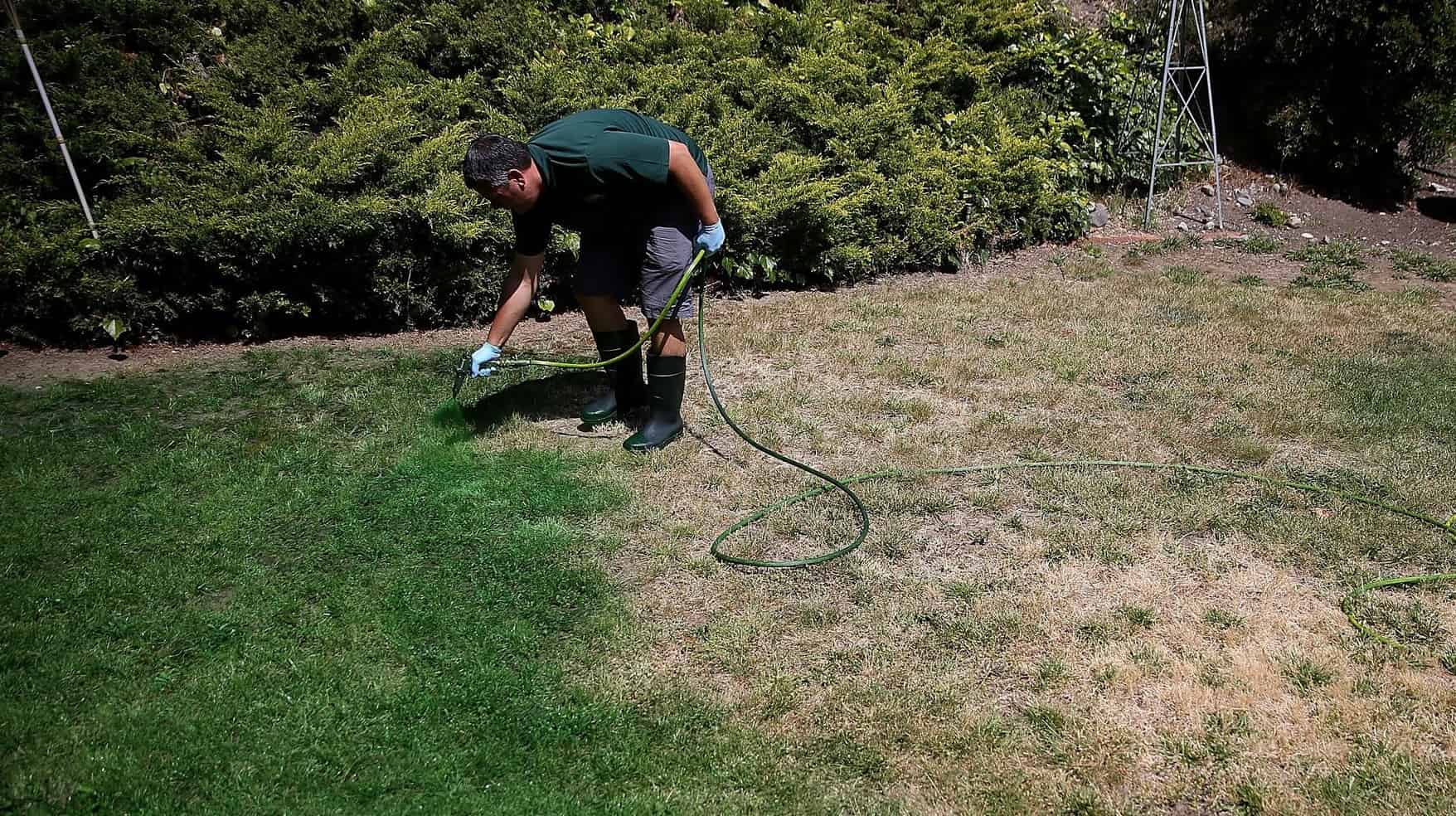

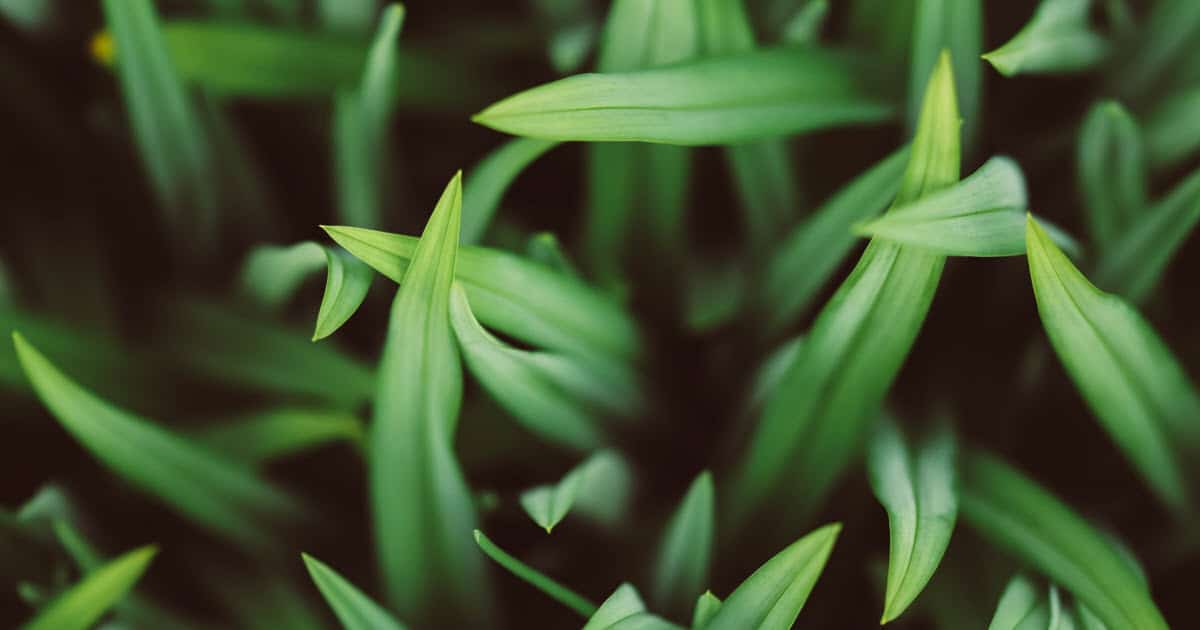
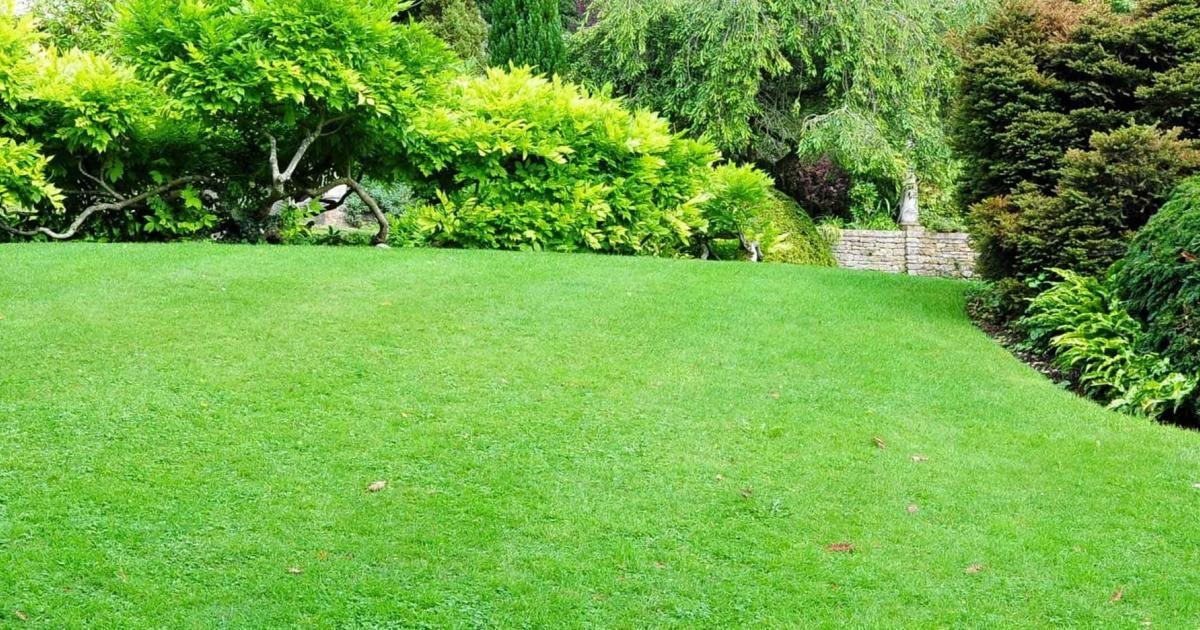
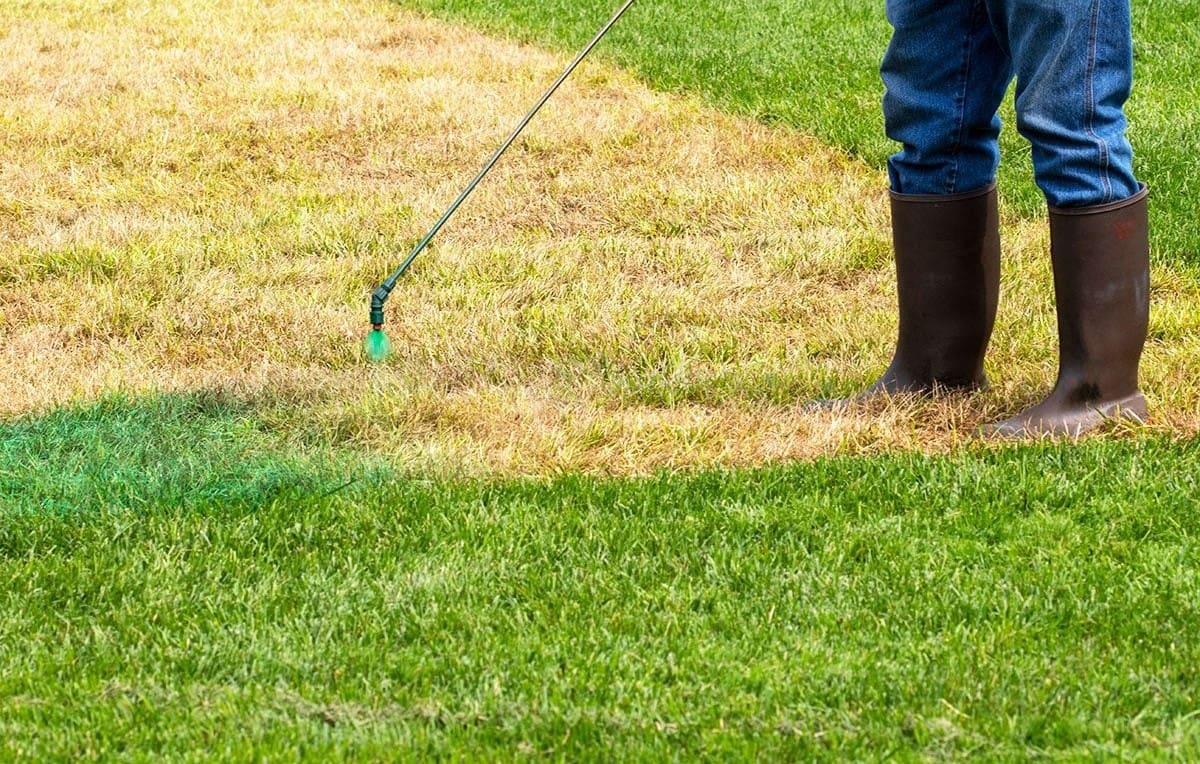
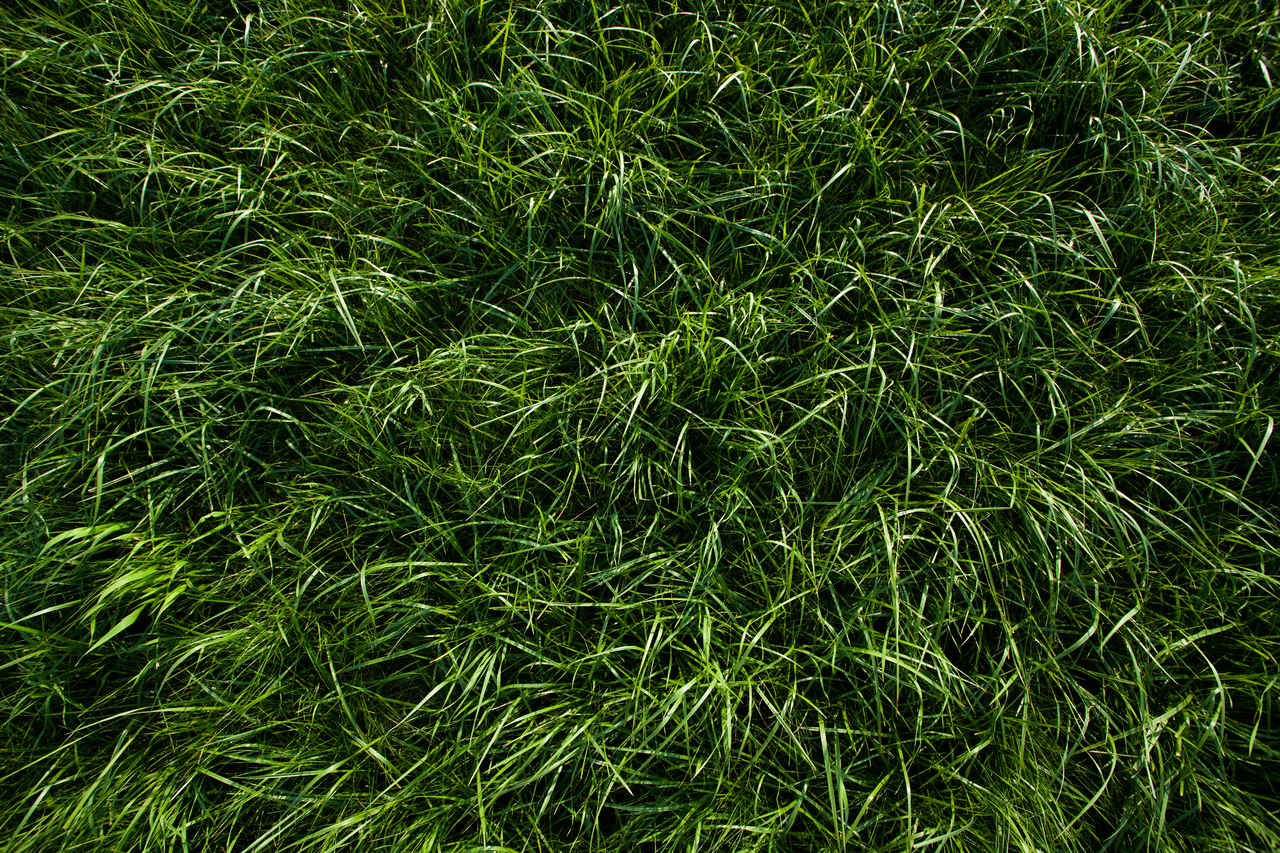


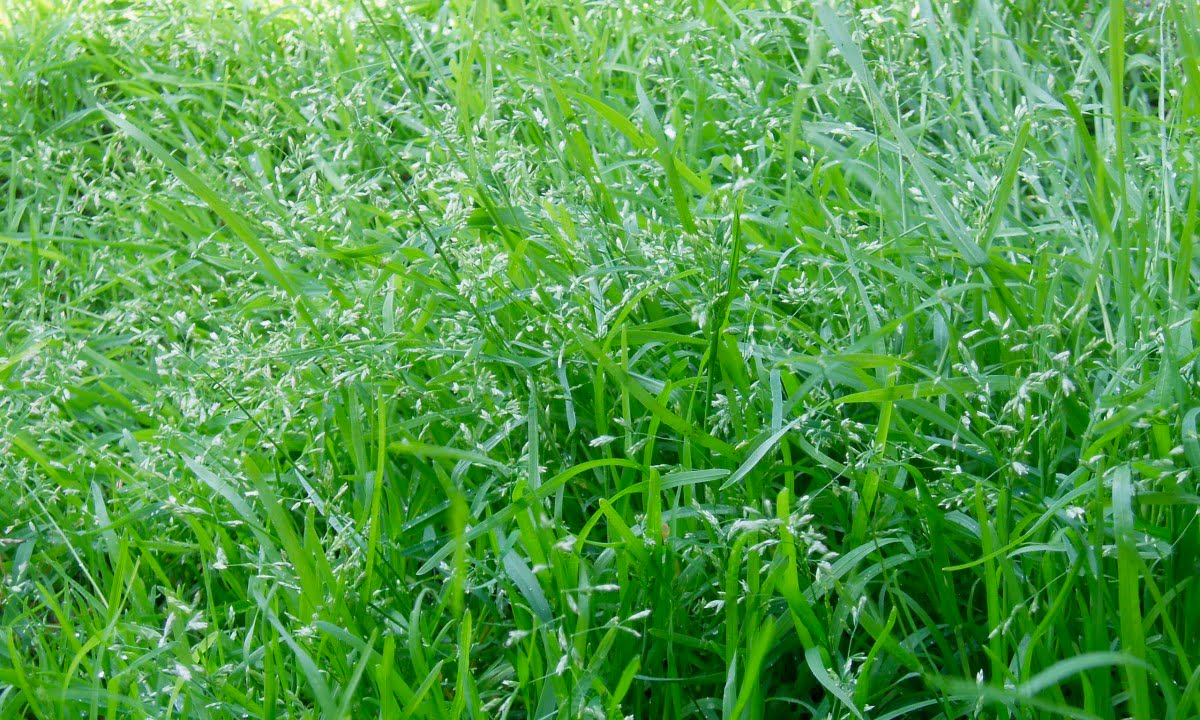
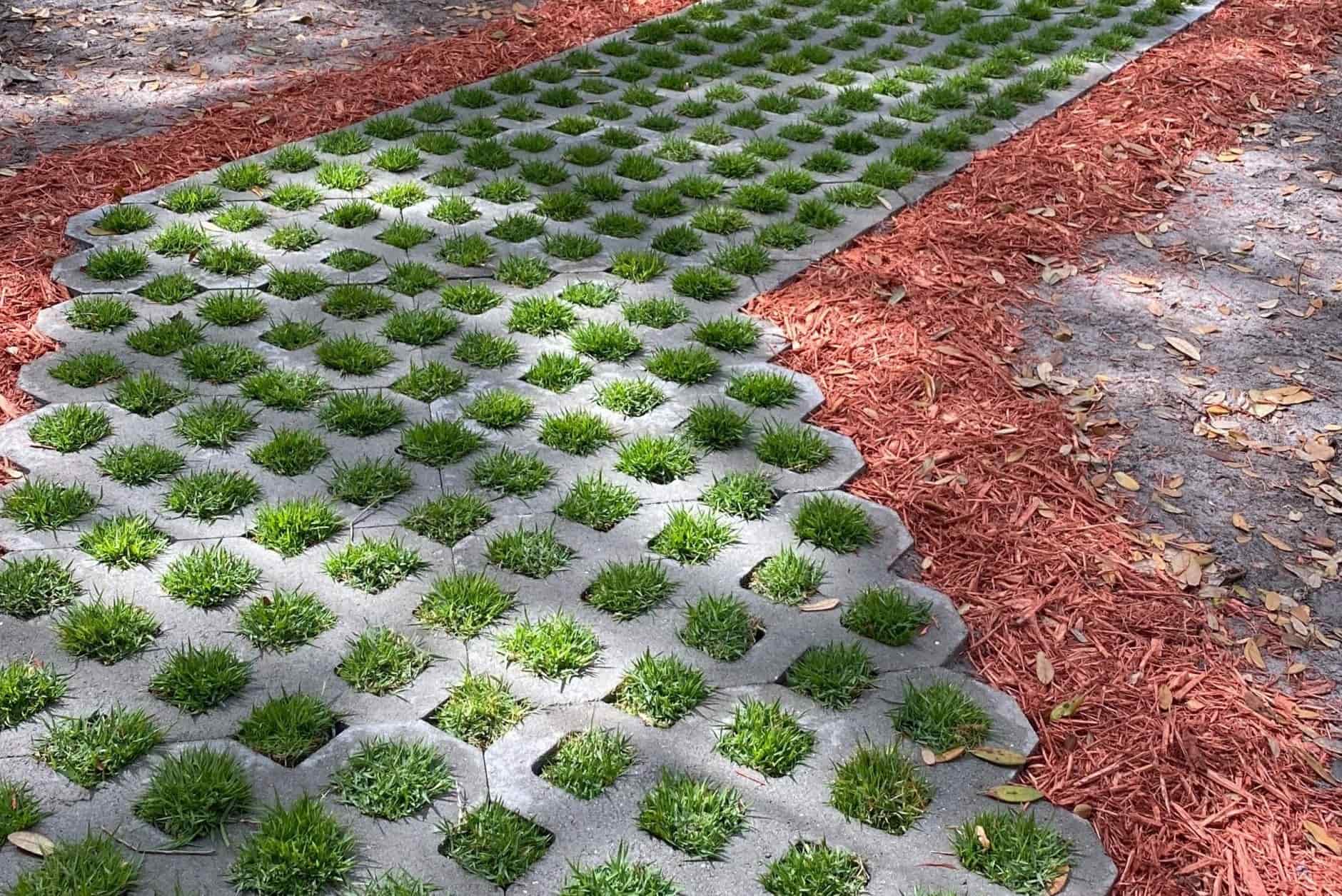
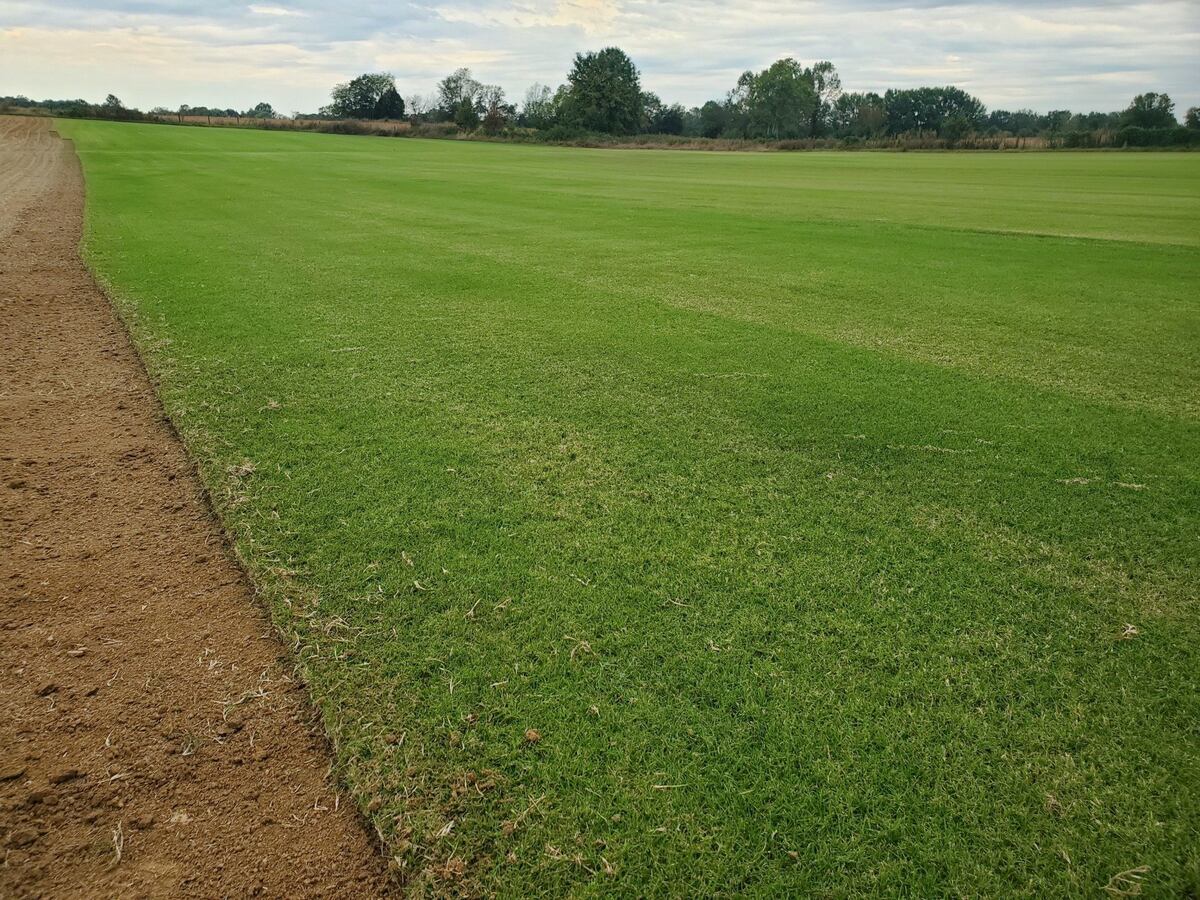
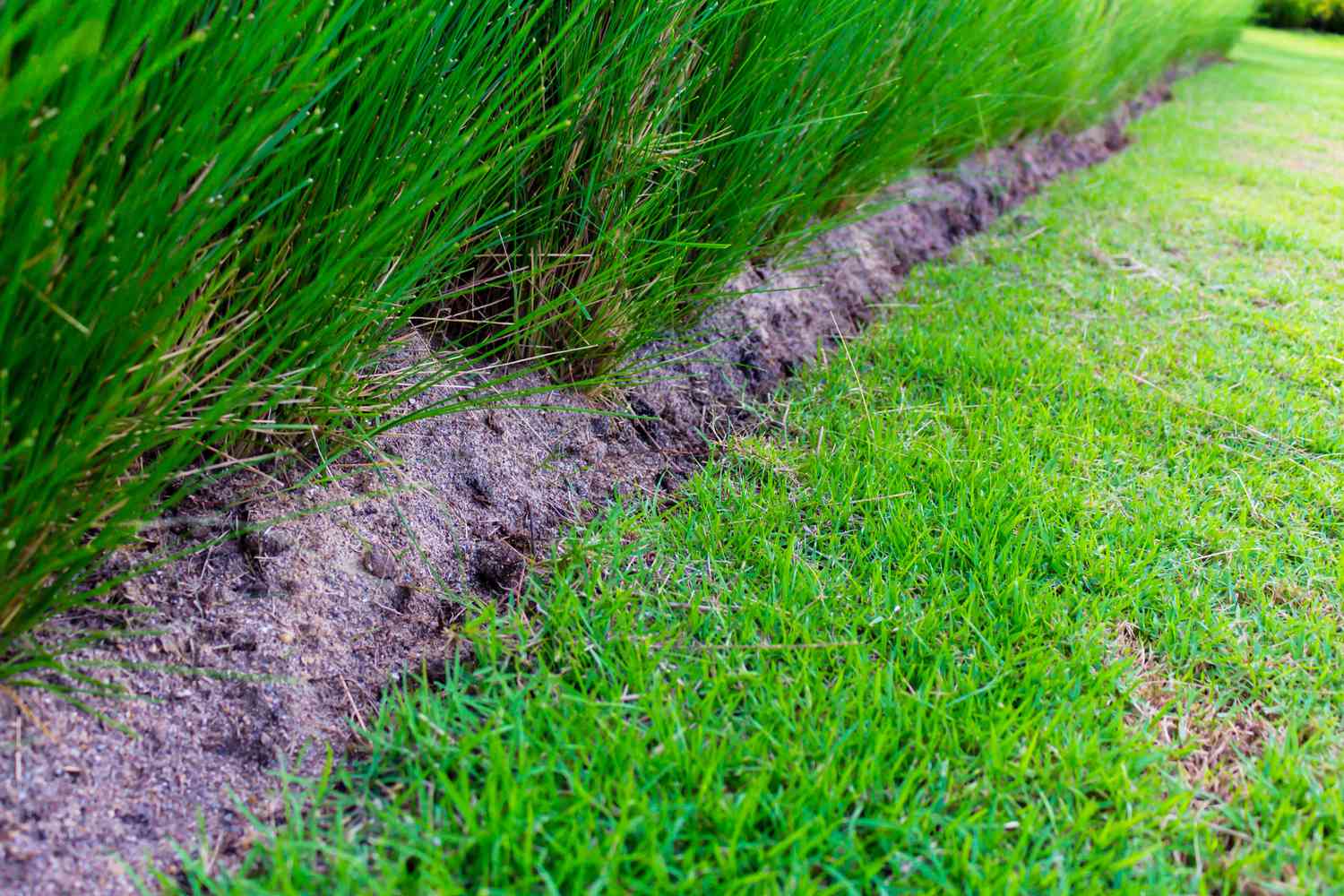
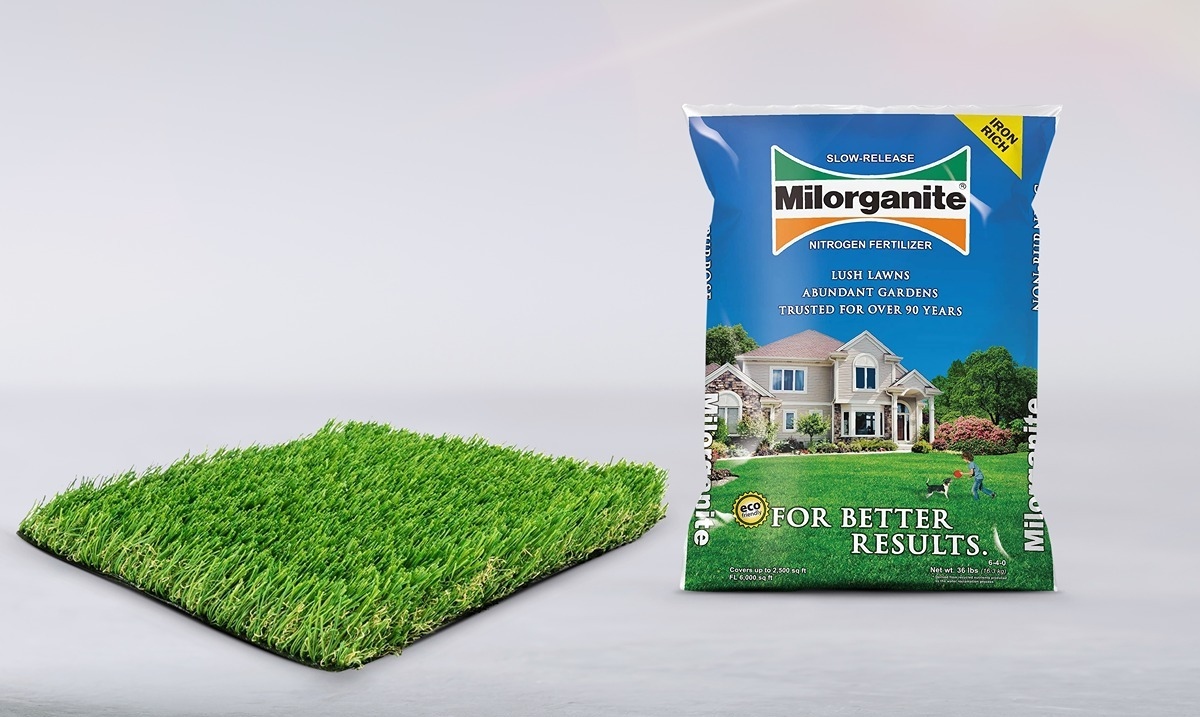

0 thoughts on “How To Make Bermuda Grass Green”